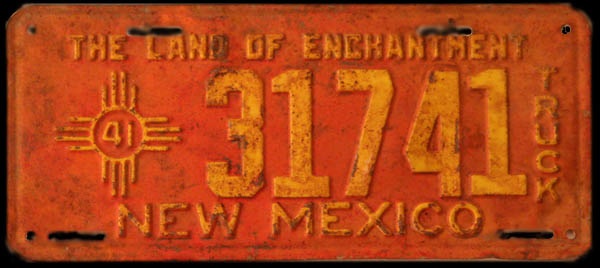
Etymology: c.1250, "rich cloth" (often, but not necessarily, bright red in color), from an aphetic form of O.Fr. escarlate (12c., Mod.Fr. écarlate), from M.L. scarlatum "scarlet, cloth of scarlet" (cf. It. scarlatto, Sp. escarlate), from Pers. saqirlat "a kind of rich cloth," variant of siqillat "scarlet cloth, rich cloth," of unknown origin (Arabic siqillat "fine cloth" probably is ult. from Pers.). In reference to color, attested from c.1386. Scarlet lady, etc. (Isa. i:18, Rev. xvii:1-5) is from notion of "red with shame or indignation." Scarlet fever is from 1676.
"...scarlet: a colour obtained instead from the desiccated eggs of various
pregnant shield lice or scale insects of the Coccidae family (genus Coccus) that fed upon various species of Mediterranean oaks. The most important was the Kermococcus vermilio (sometimes referred to incorrectly as Coccus ilicis). These insects, in medieval Europe and the Islamic world, were cultivated in the Iberian peninsula (especiallyPortugal, Andalusia, Valencia), Provence,Languedoc, Morocco, the Maghreb, Tunisia, and Asia Minor. From the Caucasus region – i.e., present-day Armenia, Georgia, Azerbaijan – and adjacent regions of Iran, scarlet dyestuffs were also extracted from a related insect: Porphyrophora hameli. From the Spanish conquests of the sixteenth century, the New World provided a new and more powerful formof scarlet dyes: Mexican cochineal, which the Spanish called Grana cochinilla and whose modern scientific name is Coccus cacti, or more properly Dactylopius coccus."

No comments:
Post a Comment